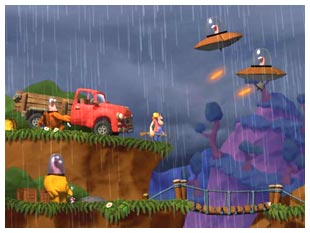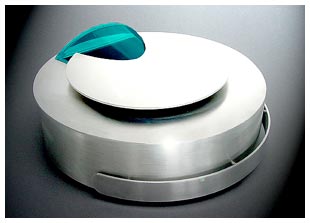
I caught a short piece over on Appliance Magazine titled “Product Review – Smart Appliances“. For anyone who remembers the media circus when “smart” net-connected appliances were being introduced a few years back (most notably all those cool “Thalia” concept models), you probably understand why my interest was piqued – the hype died so fast I’m not wondering where they packed off their tents and moved to, I’m wondering if the big top caught on fire and burned to the ground. As this 2001 article over on Forbes puts it, “In the decade and a half since, the path to the kitchen of the future has become cluttered with train wrecks.” So much for that I guess.
Meanwhile, in the background it appears there’s still stirrings of life. Not only is the above product by Crestron Electronics interesting in its own right (if kinda ugly), it’s part of a range of offerings by this privately-held company. From Yahoo’s background info webpage:
Crestron Electronics makes systems and software that provide computerized control of audio and video systems. Its products can also control a variety of other items, such as blinds, lighting, and security systems.
A very quick look at the competitive landscape isn’t showing much. One of their competitors, Simtrol, even appears to be tanking in the market based on the stock chart. I don’t get it. When the world is abuzz about mesh networking, why hasn’t home connectivity come back in vogue? After all, “smart” appliances are more than ovens you can turn on from the office PC (or operate remotely via a virtual world interface); they’re also about intelligent use and energy conservation. Given recent events and concerns about energy availability, I have to believe there’s a few more companies under the radar working toward real home electronic integration… ummm… other than Microsoft’s XBox. What with recent developments in solar energy materials and rising interest among the consuming public to outfit their homes to make them more energy-independent, how can there not be something going on? If left up to me, I’d be over in Australia getting to know the teams participating in the 2005 World Solar Challenge. Power management is often cited as the critical component in a successful run of one of those cars. Maybe someone is connecting some dots and we’ll see “smart” appliances make a return. I certainly hope so.
{Image Copyright © Crestron Electronics, Inc.}



